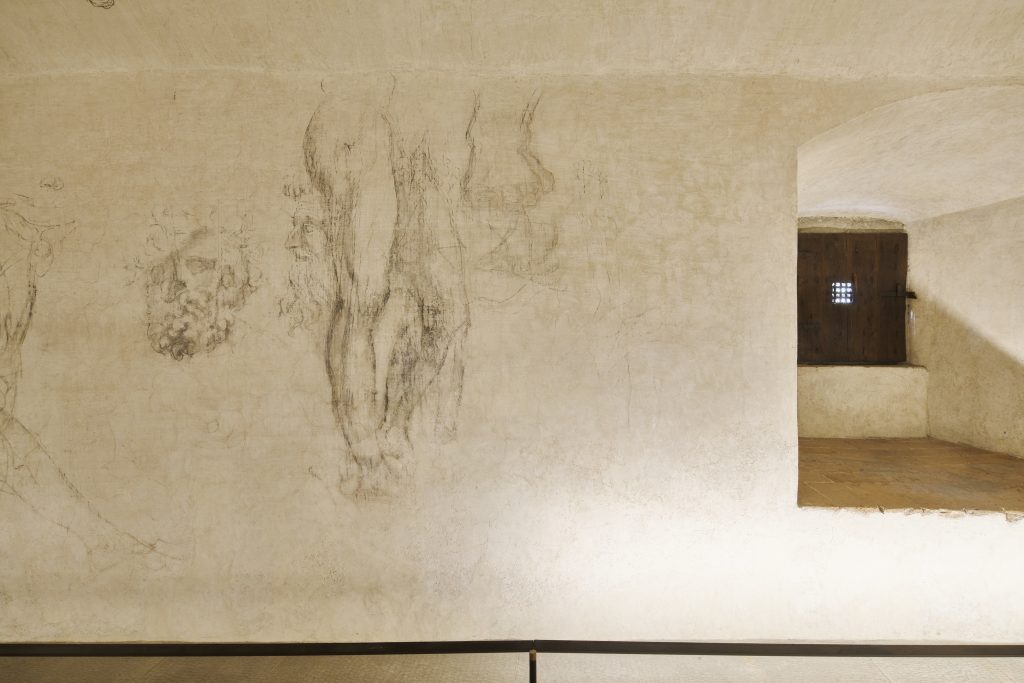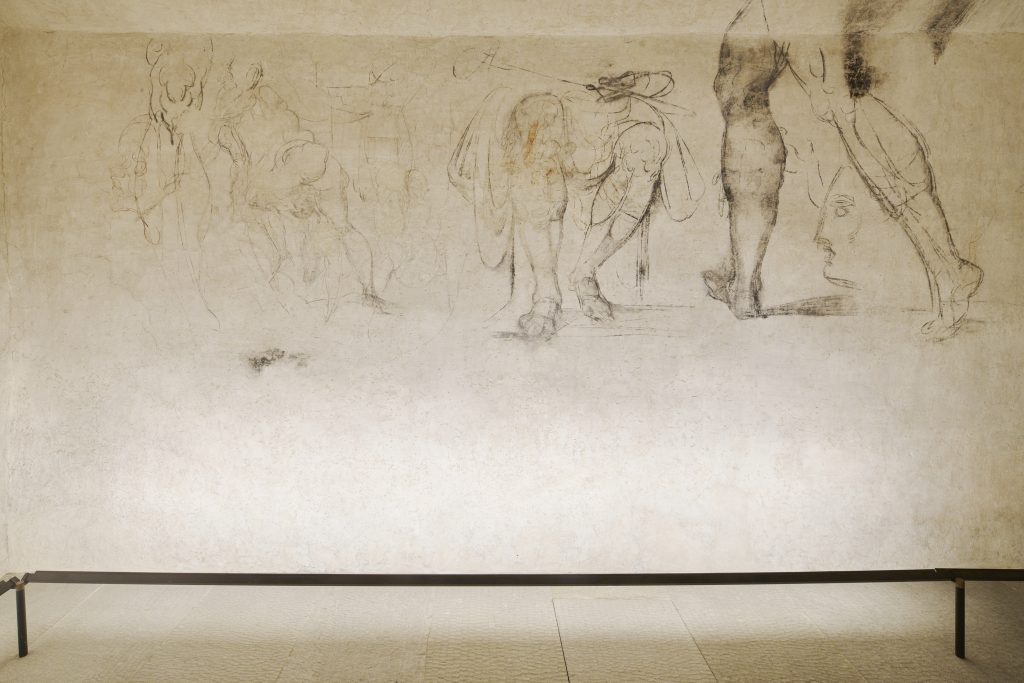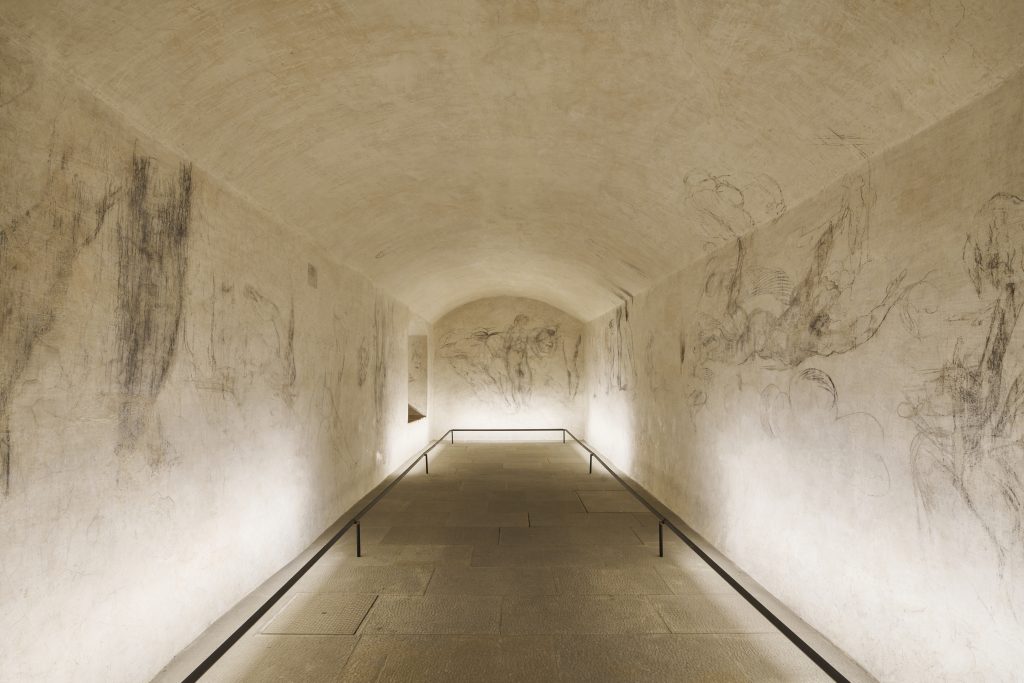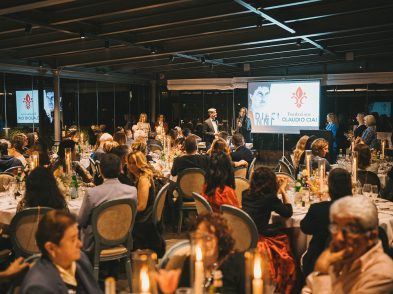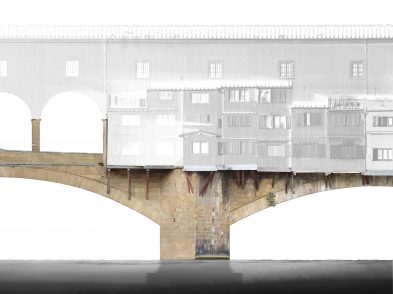For the first time since its discovery in 1975, Michelangelo’s secret room will be regularly open to the public starting from November 15. The tiny space accessible via the New Sacristy in the Museum of the Medici Chapels contains charcoal drawings attributed to Buonarroti and will be open on an experimental basis to small groups of visitors until March 30, 2024. It has since been announced that visits can be booked from January 19, 2024 for an additional period from the beginning of April until July 31. Article updated January 23, 2024.
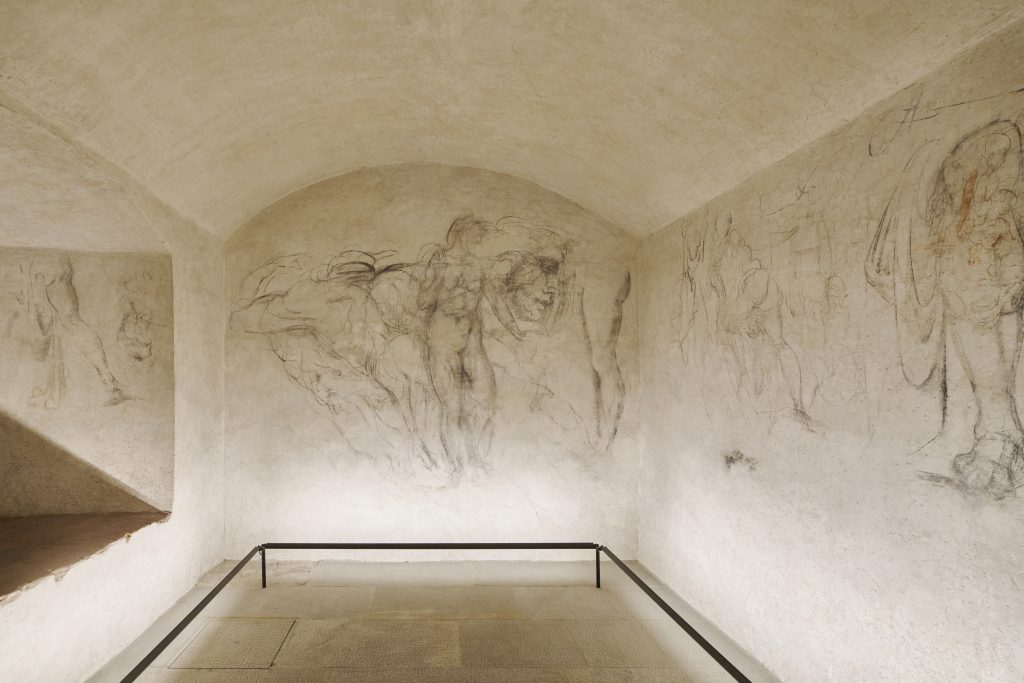
The Michelangelo room discovery
In November 1975, a suitable new exit for the museum was being sought. The then director of the museum, Paolo Dal Poggetto, instructed the restorer Sabino Giovannoni to carry out cleaning tests in a narrow corridor beneath the apse of the New Sacristy. The small room—10 metres long, three metres wide, and two and a half metres high at the top of the vault—was used to store slack coal until 1955. It had remained unused, sealed and forgotten for decades below a trapdoor covered by wardrobes, furniture and stacked furnishings. Removing two layers of plaster, Giovannoni discovered several figure drawings in charcoal and sanguine on the walls that Dal Poggetto mostly attributed to Michelangelo. His theory was that they had been carried out while the artist sought refuge in this space in 1530, when the Prior of San Lorenzo, Giovan Battista Figiovanni, hid him from the wrath of Pope Clement VII, who was infuriated because the artist (during the period in which the Medici were driven out of the city) had served as supervisor of the city’s fortifications for the short-lived republican government (1527-30). He obtained the family’s forgiveness after around two months, between the end of June and the end of October 1530, when he was finally free and resumed his duties in Florence until he left the city for Rome in 1534. Dal Poggetto posited the theory that the drawings produced during the artist’s “self-confinement” used the walls to “sketch out” some of his projects, such as works from the New Sacristy like the legs of Giuliano de’ Medici, Duke of Nemours, and details such as the head of Laocoön. The works are still the subject of scholarly debate.
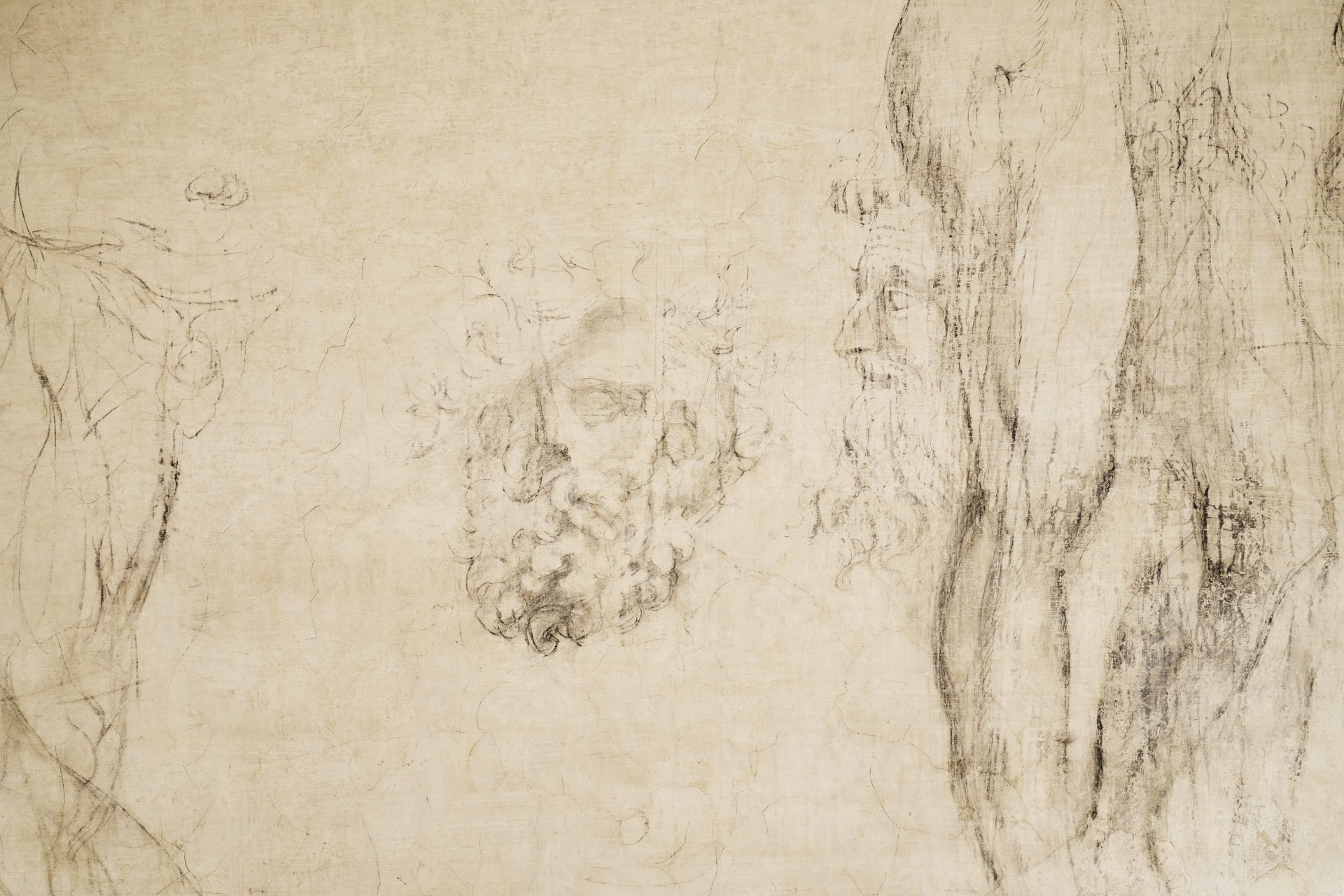 Ph. Francesco Fantani
Ph. Francesco Fantani
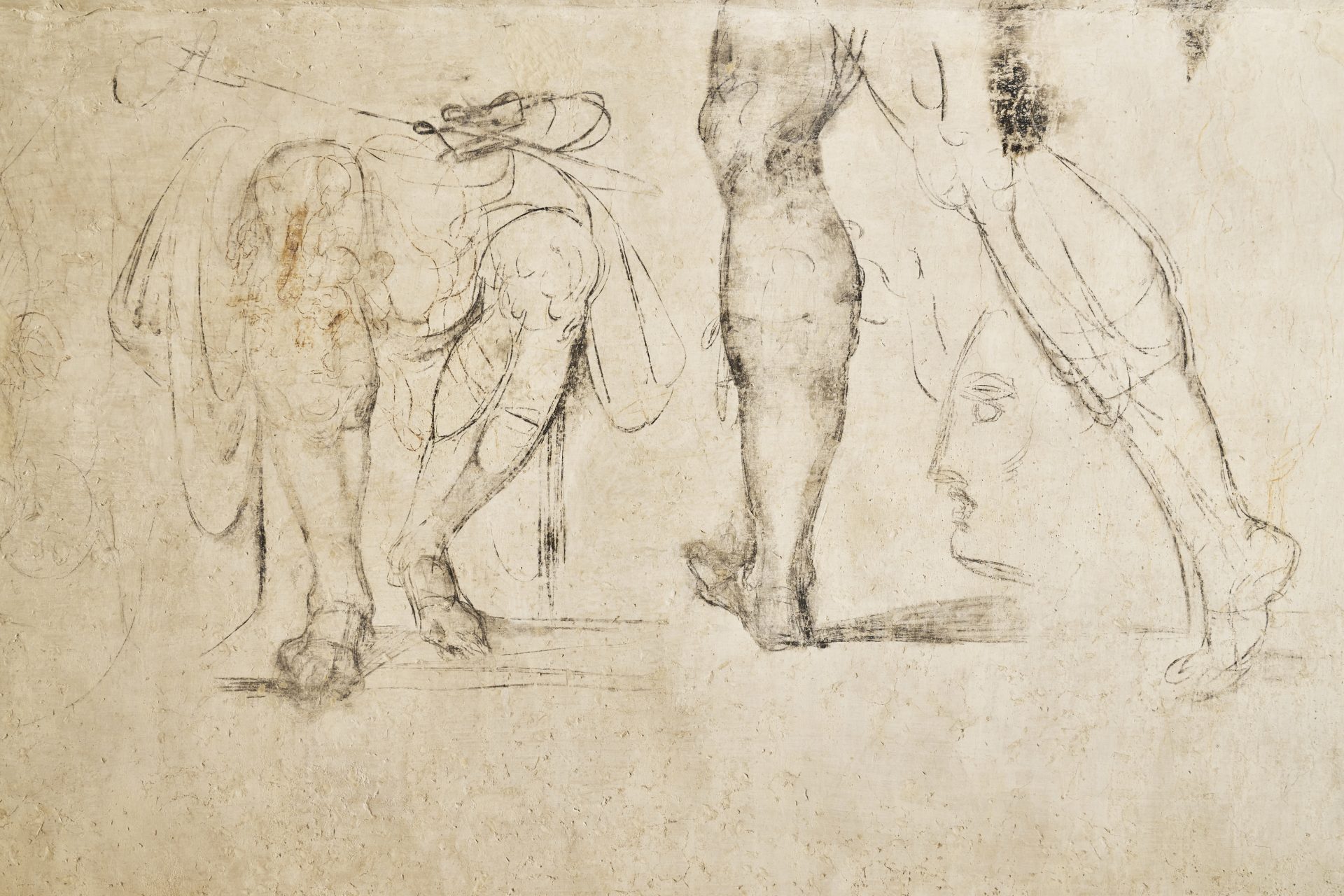 Ph. Francesco Fantani
Ph. Francesco Fantani
The director general of museums in Italy, Massimo Osanna, stated, “The completion of the works on the new exit and the adaptations to align the Museum of the Medici Chapels with safety regulations enable the opening of Michelangelo’s Secret Room, an extraordinarily fascinating place that’s extremely delicate due to the location of the narrow space in the museum and the need to protect the charcoal drawings found on the walls.”
Director of the Bargello museums, Paola D’Agostino, commented, “It was time-consuming, constant and painstaking work, involving various professionals, and I wish to thank all the staff of the Bargello Museums that worked with me over these years to achieve this goal. Among them, I owe special thanks to Francesca de Luca, an art historian and director of the Museum of the Medici Chapels and the Casa Martelli Museum, and to Benedetta Cantini, official restorer at the Bargello Museums, for the special care they have given to this extraordinary space. My deepest gratitude goes to colleagues of the Opificio delle Pietre Dure organization who, with skill and passion, share many restoration, diagnostic, monitoring and research projects on several masterpieces in the Bargello Museums.”
Access to the “Secret Room”
The limited number of four visitors per time slot is necessary due to the need for alternate periods of exposure to LED light with extended periods of darkness. Stable temperature and humidity are essential for safeguarding the valuable artifacts, with extensive monitoring carried out by the Opificio delle Pietre Dure. Checks will be carried out in March 2024 to ascertain the feasibility of continuing the visits.
No flash photography is permitted and quiet conversation is requested to respect the remarkable atmosphere. Given the narrow stairway to access the room, it is not currently accessible to visitors with disabilities or, for safety reasons, to children under 10.
The room will be accessible by reservation to a maximum of four people per guided group, up to a limit of 100 people per week. It will be open on Mondays (3pm, 4.30pm and 6pm), Wednesdays (9am, 10.30am, midday, 1.30pm, 3pm, 4.30pm and 6pm), Thursdays (9am, 10.30am, midday, 1.30pm and 3pm), Fridays (3pm, 4.30pm and 6pm), and Saturdays (9am, 10.30am, midday, 1.30pm, 3pm, 4.30pm and 6pm). Visitors can spend a maximum of 15 minutes inside the room, accompanied by museum security personnel.
Tickets are available to purchase from 3pm, October 31, costing 20 euro per person (2 euro for reduced-price tickets, free for young people under 18), in addition to the obligatory reservation fee (3 euro) and the price for the ticket to the museum (10 euro regular, 3 euro reduced-price until December 15).

